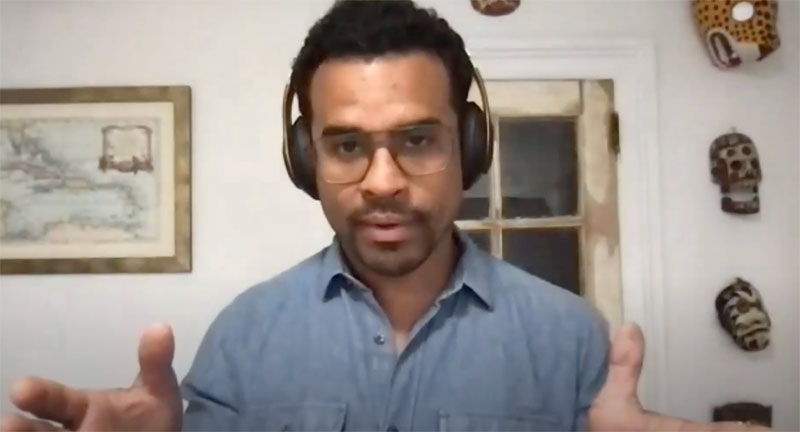June 20 and August 22, 2011; Sources: FastCompany.com and The Tides Blog | A debate recently popped up between bloggers Anya Kamenetz at Fast Company and the Tides Center’s Irene Kao over whether social impact investing is a crock or whether it’s a concept that should be taken seriously. Kamenetz started the debate by posting in June that the much-heralded notion of social impact investing is merely the latest magic bullet emanating from the “social entrepreneurs…[taking] over…the world of do-gooding.” Using Dean Karlan’s book More Than Good Intentions as ballast for her argument, she restates Karlan’s belief that the social entrepreneurship world is one “full of rhetoric about impact investing,” but one in which “an investor rarely takes that seriously.” When one looks at the actual analysis around social impact investing, Karlan states, it “lacks rigor.”
Kamenetz writes that Karlan distinguishes between two kinds of research. On the one hand there are the studies conducted by places like his own shop, Innovations for Poverty Action, and Esther Duflo’s Poverty Action Lab at MIT. Both of these groups employ scientific research techniques such as randomized control trials (which incidentally have also come under fierce criticism lately). On the other hand is the kind of analysis conducted by most nonprofits (often, Karlan notes, with the support of large national foundations). He says these studies rarely amount to more than “monitoring exercises” and that they frequently fail to “ask the right questions.”
Karlan points to microcredit as an example of a field beset with what he considers faulty research. He notes that most microcredit investors track the number of borrowers, what their repayment rate was, and whether the businesses grew over time. This, Karlan says, isn’t “telling you your impact at all because you don’t know what would have happened if you didn’t lend.” Investors must start providing enough money to conduct more rigorous impact studies, Kamenetz and Karlan assert (though they acknowledge there is little incentive to do so, since the expense of these kinds of efforts can eat up potential profit margins). Until that happens, they say, social impact investing risks becoming yet another smart but ultimately empty catchphrase.
Sign up for our free newsletters
Subscribe to NPQ's newsletters to have our top stories delivered directly to your inbox.
By signing up, you agree to our privacy policy and terms of use, and to receive messages from NPQ and our partners.
The Tides Center’s Kao feels differently, however. In her recent blog post she says Kamenetz is “short-sighted and unjustified” in her wholesale dismissal of social impact investing. While Kao agrees that investors must adopt more accurate and substantive metrics, she argues that the field is still relatively new, which makes it difficult to apply the kinds of ultra-rigorous standards Kamenentz and Karlan are calling for. Kao says that “these [social impact investing] efforts are more akin to business start-ups that merit a different set of standards and expectations.” Start-ups, she argues, “need significant investments in research development and systems development,” and smart investors understand this, noting how more established private-sector companies don’t even blink at spending as much as 18 percent of their revenues on R&D.
But at the same time, Kao is not saying that social impact investors should simply copy the private sector. Standard businesses, she says, focus largely on market penetration and sales, rather than on the quality of use or interaction with the product by consumers—the sorts of standards to which “impact investing aspires.” She says impact investors have broader community and social goals and strive to “be accountable to the community, not just stakeholders and people of wealth” and that their efforts are “not undertaken to superficially build an eco-friendlier brand or to mitigate some kind of harm or injury perpetrated by the same entity, but to make meaningful net positive impact.” She concludes that “in recognition of this, we need to see investing in impact evaluation systems as the cost of doing truly good business.”—Cynthia Gibson













